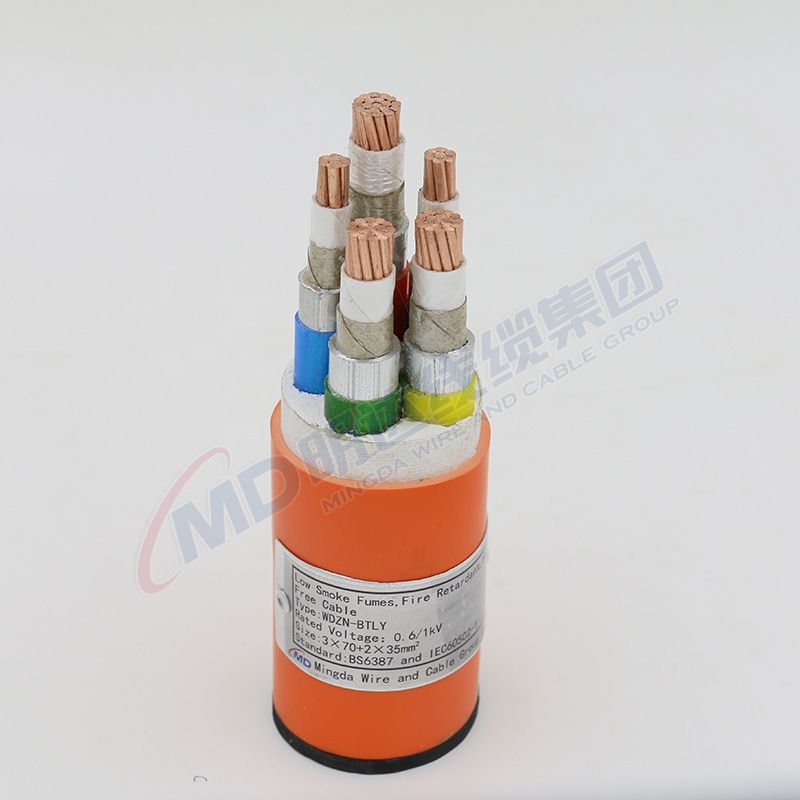10 月 . 16, 2024 12:08 Back to list
Understanding the Functionality and Benefits of Y Type Strainers in Fluid Systems
Understanding Y-Type Strainers A Key Component in Fluid Systems
Y-type strainers, often referred to simply as strainers, play an essential role in various fluid systems across multiple industries. Their primary function is to filter out unwanted particles and debris from fluids, ensuring the smooth and efficient operation of pipelines, pumps, and other equipment. This article explores the features, applications, and benefits of Y-type strainers.
What is a Y-Type Strainer?
A Y-type strainer is a type of filter designed in a Y-shaped configuration. This unique design allows it to fit seamlessly into pipelines without significantly altering the flow direction. Typically fabricated from durable materials such as stainless steel, carbon steel, or plastic, Y-type strainers can handle various fluids, including water, oil, gas, and chemicals.
The design of a Y-type strainer includes three main components the strainer body, the filter element (or screen), and a cover. The body houses the filter and is often equipped with end connections for easy integration into existing piping systems, either via threaded or flanged connections. The filter element captures and retains particles, which can then be flushed out or removed during maintenance.
Why Use a Y-Type Strainer?
1. Efficient Filtration Y-type strainers effectively remove unwanted particles, such as dirt, rust, scale, and other debris, from fluids. This filtration helps protect sensitive machinery, including pumps and valves, from damage caused by contaminants.
2. Ease of Maintenance One of the key advantages of Y-type strainers is their easy maintenance. They are designed with a removable cover, allowing for quick access to the filter element. This enables operators to clean or replace the filter without needing to remove the entire strainer from the pipeline.
3. Versatility Y-type strainers are suitable for a wide range of applications, including water treatment facilities, chemical processing plants, and HVAC systems. Their ability to handle various fluid types makes them a popular choice in many industrial settings.
4. Compact Design The Y-shape of these strainers contributes to a compact design, making them easier to install in tight spaces. This is particularly beneficial in retrofitting existing systems where space is limited.
y type strainer

Applications of Y-Type Strainers
Y-type strainers are used in numerous applications across different industries
- Water Treatment In municipal water systems, Y-type strainers are employed to remove sediment and debris before the water is treated and distributed.
- Chemical Processing In the chemical industry, these strainers help ensure the purity of products by filtering out unwanted particulates that could alter chemical reactions.
- Oil and Gas Y-type strainers are essential in oil and gas applications, where they protect pipelines and equipment from damage caused by sediment and other contaminants.
- HVAC Systems Strainers in HVAC systems help maintain clean water circulation by filtering out debris and preventing blockages.
Conclusion
Y-type strainers are an integral component of many fluid systems, providing effective filtration, ease of maintenance, and versatility across a range of applications. Their compact design, combined with their cost-saving benefits, makes them a preferred choice for industries aiming to maintain equipment efficiency and protect against contamination. Understanding the features and benefits of Y-type strainers can help operators make informed decisions regarding their fluid filtration needs, contributing to the longevity and reliability of their systems. By incorporating Y-type strainers into your operations, you can enhance performance and reduce the risk of costly downtime due to equipment failure.
Share
-
Understanding the Differences Between Wafer Type Butterfly Valve and Lugged Butterfly ValveNewsOct.25,2024
-
The Efficiency of Wafer Type Butterfly Valve and Lugged Butterfly ValveNewsOct.25,2024
-
The Ultimate Guide to Industrial Swing Check Valve: Performance, Installation, and MaintenanceNewsOct.25,2024
-
Superior Performance with Industrial Swing Check Valve: The Essential Valve for Any SystemNewsOct.25,2024
-
Industrial Swing Check Valve: The Ideal Solution for Flow ControlNewsOct.25,2024
-
You Need to Know About Industrial Swing Check Valve: Functionality, Scope, and PerformanceNewsOct.25,2024